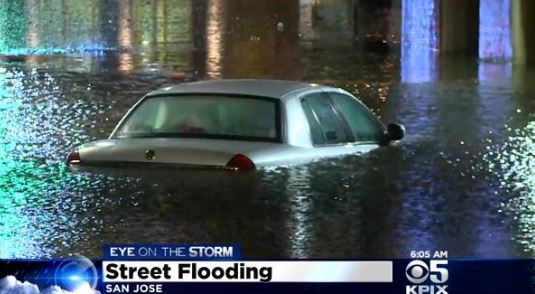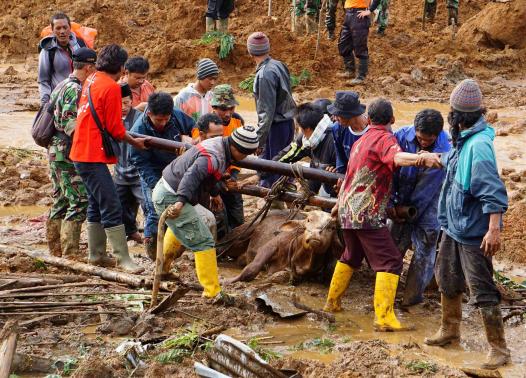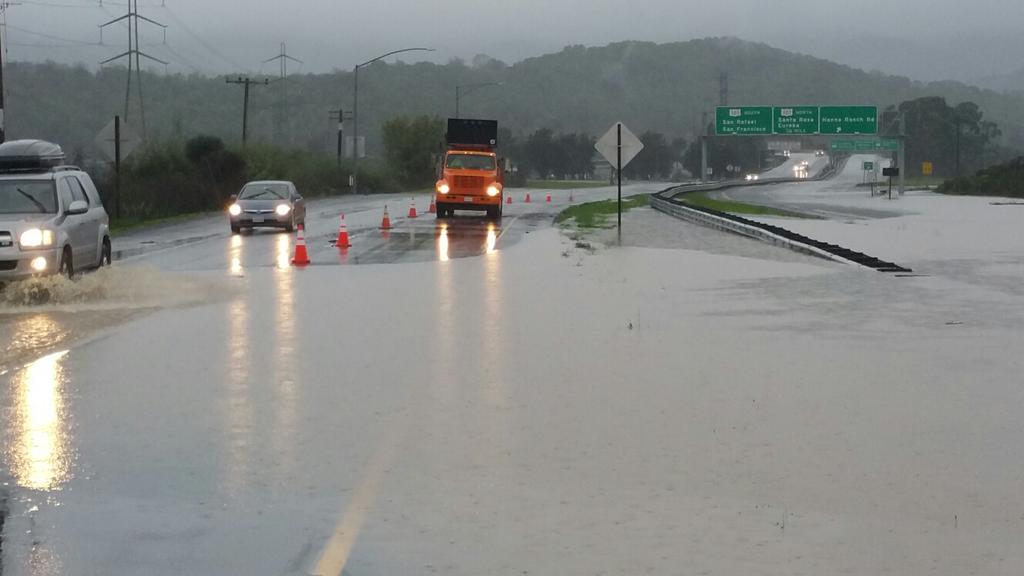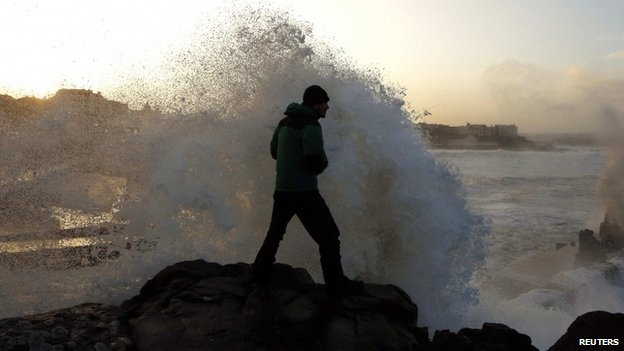
© CBS
Winds above 74 miles per hour in hills above 2500 feet, and 80 miles per hour in the mountains are forecast for Thursday in what could be the storm of the decade according to Bay Area meteorologists.
The computer models are able to break down the exact time of highest danger. By mid-morning Thursday, models indicate winds peaking at 74 miles per hour sustained, not gusts, above 2500 feet. Above 5,000 feet the forecast is for 80 miles per hour. Along the coast, 60 mile per hour winds are forecasts, with higher gusts. The flatter areas around the bay will have widespread gusts from 40 to 50 miles per hour.
KPIX 5 chief meteorologist Paul Deanno said, "Given the long-term drought and short-term saturated ground, many trees will lose the battle with the wind on Thursday."
Deanno compares this week's storms to other significant events saying, "For those of us who have lived here for a while, the potential of this storm is comparable to the ones in January 2008 and February 1998, both of which caused widespread wind & flooding damage. As always, the forecast can change."
The National Weather Service has issued a whopping 15 separate warnings and advisories for the system including a Flash Flood Watch, Gale Warning, Hazardous Seas Advisory, and High Wind Watch.
Rainfall amounts above eight inches are forecast for the coastal ranges, triggering the Flash Flood Watch, an official notice to be looking for potential flooding. During the storm, these alerts will change from watches to warnings as actual floods begin occurring.
A hurricane, though only used to refer to tropical storms, is declared when sustained winds reach 74 miles per hour, and that level of wind is predicted for Thursday, along with rainfal amounts of over half an inch per hour, and if the storm slows, it could reach one inch per hour, causing serious flooding in the Bay Area.





Comment: Superbomb winter storm predicted for Northeastern U.S. at Christmas